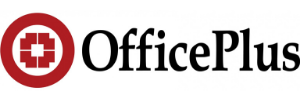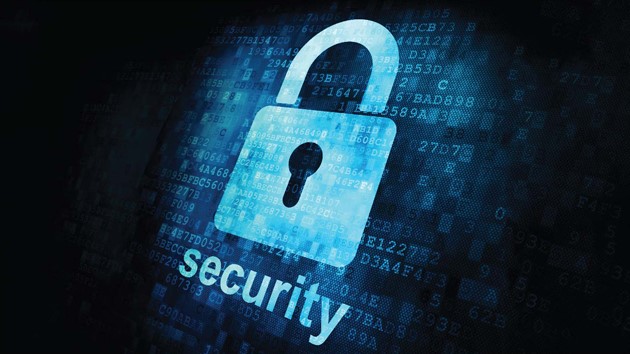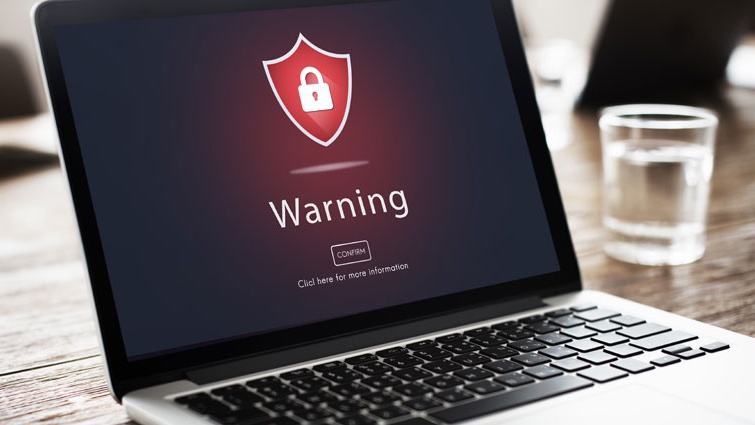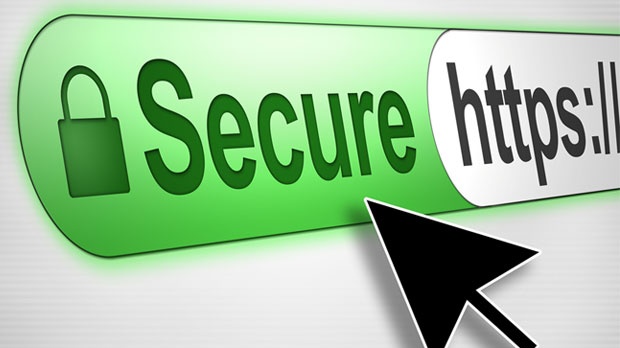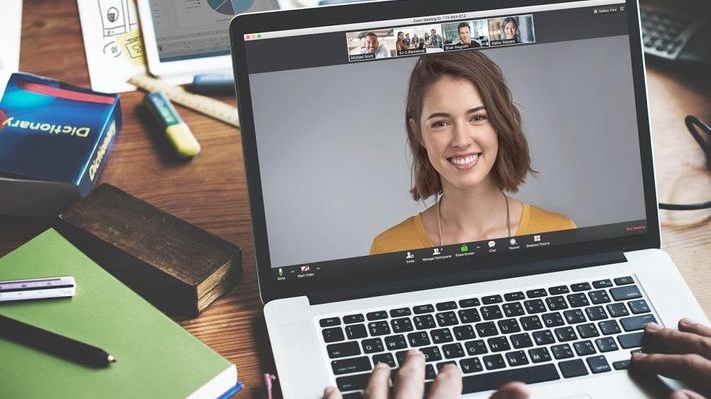Creating a Strategy for Secure Video Conferencing
IMPLEMENTING A SECURE VIDEO CONFERENCING STRATEGY
For little, medium, and enormous organizations, probably the most sweltering subject today is that of cybercrime. Ensuring secret data isn’t just vital for your clients yet in addition to the eventual fate of your organization’s prosperity.
Video conferencing has developed in popularity in ongoing years and detonated exponentially in the previous month and a half, the same number of organizations have been looking to discover approaches to associate their sudden remote workforce.
Sadly, similar to any innovation, crooks are continually scanning for vulnerabilities and shortcomings in video conferencing frameworks in an offer to get to delicate data and additional benefit.
Brilliant procedures can be worked with best practices to show up at gainful and effective video conferencing. Here are seven demonstrated techniques for a successful video gathering –
EXAMINE YOUR CURRENT VIDEO CONFERENCING SYSTEM
Lots of things get better as they age; unfortunately, video conferencing systems are not one of them. If your current video solution is a legacy system or is more than five years old, you could be dealing with outdated security that’s putting your customers, clients, employees, and the reputation of your company at risk. Keeping older systems updated is important, but at a certain point updates will not make up for the inherent drawbacks of older technology. A few things that will help you decide if your current system is too big a risk (which we will discuss in more detail below) are the type of data encryption the system uses; how callers log in; and how the system manages data.
BE THE KEYMASTER
When it comes to video conferencing both your software and hardware should feature 128-bit Advanced Encryption Standard (AES) protection. Logically unbreakable, 128-bit encryption is a security measure that enables video conferencing systems to use a 128-bit key to encrypt and decrypt all video calls between systems. The keys are automatically generated at the beginning of each video session, and according to research, are so strong, it would take a supercomputer one “billion billion” years to breach a 128-bit AES key. Nice.
CHECK THE SIGNS
Most security-minded video conferencing systems use single sign-on (SSO) for user authentication because it greatly reduces the risk of user credentials being lost, stolen, or compromised. A convenient win-win for both IT and users, SSO allows users to keep track of one set of credentials, and IT to track and control access to all video conferencing units in the system with ease. Because SSO credentials are tied to a user’s authorization and entitlements profile, IT can track where, when, and how credentials are used. Better still, in the off-chance credentials are compromised, IT can quickly determine which video systems were breached, what occurred during the breach, and lock the system to control the damage.
THE DOMAIN SECURITY
Video conferencing providers that take a domain-based approach to security are ideal in that they allow people to collaborate in a secure and well-controlled environment. Whether managed by the video conferencing provider or in-house by IT, domain-based security enables the system administrator to control access to video conferences by assigning various levels of permission to users.
HAVE A VIDEOCONFERENCING POLICY
You probably have a usage policy for all technologies taken outside your office or outside devices used inside your office, and the same should be done for your video conferences. All video conferences should have clear rules for those taking part in your office, as well as those attending remotely.
To book your free demonstration or request a quotation just call us on +971 2 6767019. Alternatively, send an email to videoconferencing@officeplusuae.com and our representative will be happy to assist you.
We’d love To Meet You In Person Or Via The Web!
Main Office: Suite M-01, 512, 3rd Street, Abu Dhabi, UAE
Phone: + 971 2 6767019
WhatsApp: + 971 55 3979668
Email: web@OfficePlusUAE.com
